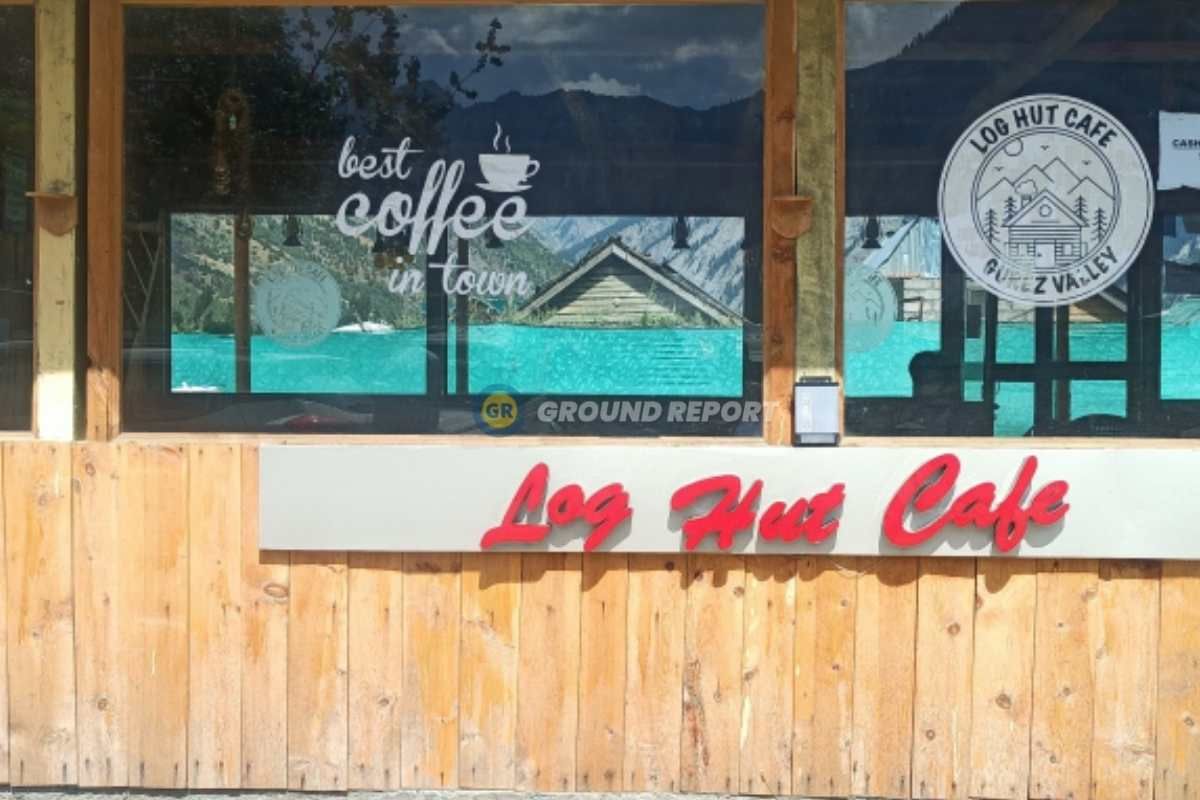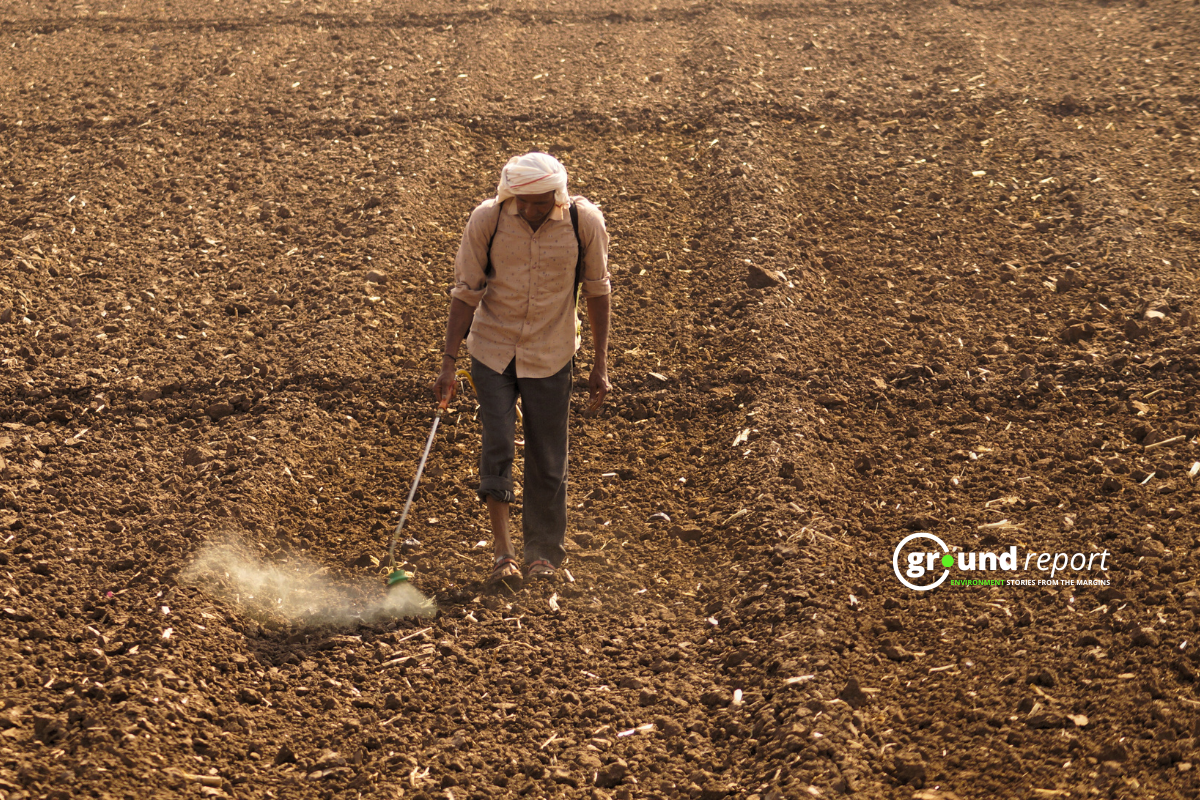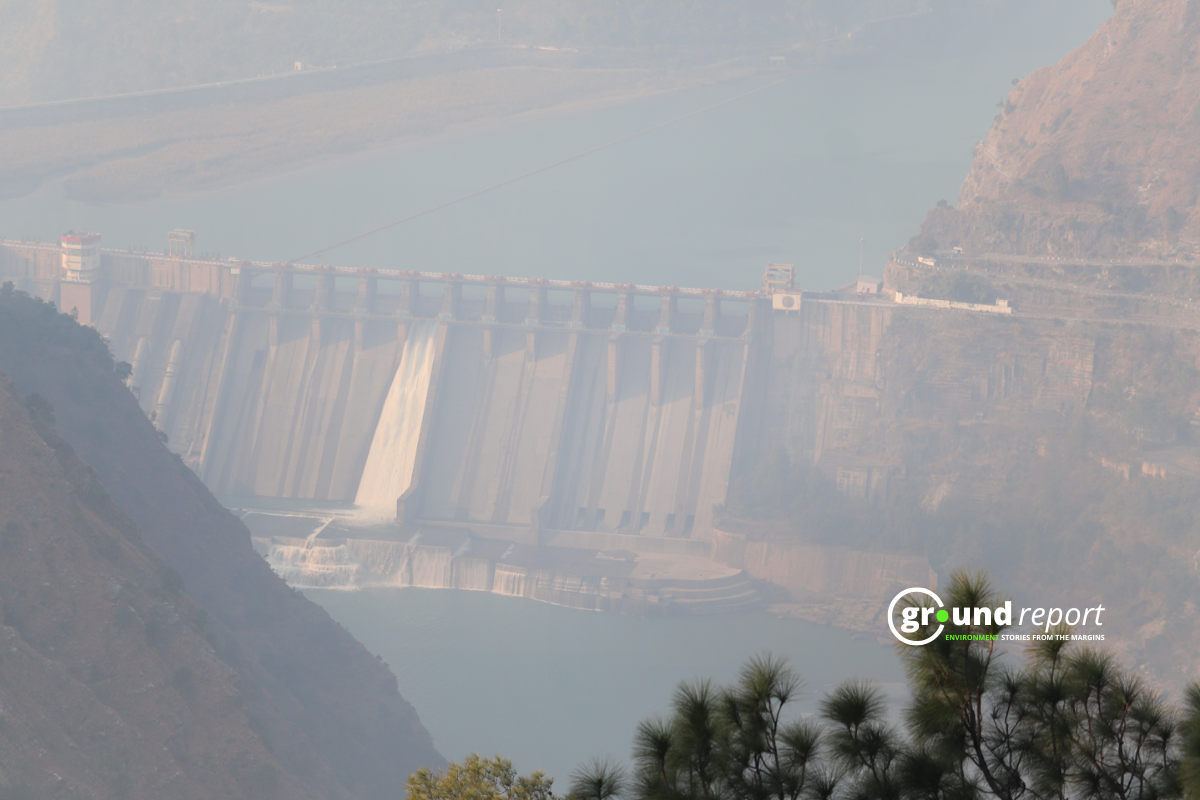Many times we have heard stories about Arabian or dromedary camels during our childhood, but have you heard about the Bactrian camel that lives only in Asia, specifically in the Gobi desert, northwest of China and India’s Ladakh?
It is said that these camels, called Bactrian camels also known as the Mongolian camel, have Mongolian origin and were used to make the silk route. When this was interrupted, a colony remained in these dunes and here centuries have passed.
The first thing we wanted to see first-hand was whether the animals were well cared for. You don’t have to look too far to see the problem in India (and elsewhere) with tourist elephants and the poor conditions in which they live.
Camels have been one of the main means of transportation in Ladakh for centuries and were used for transportation in the 17th, 18th and 19th centuries on the historic Silk Road. Today, they thrill tourists with their peculiar features and the excitement they bring.
Unlike the rest of India where you will come across single-humped camels, Ladakh camels are double-humped and are popularly known as Bactrian camels. They are one of only two surviving species of camel and are recognized as critically endangered.
Wild Bactrian camels are different from the domesticated form. The wild population descended from a different ancestor, while the wild line of the domesticated form is lost today.
Wild Bactrian camels today face many threats. The main threat is illegal hunting to meet the demand for bushmeat. In the Gobi Reserve Area, Mongolia, 25-30 camels are reported to be poached each year. Hunters kill camels by placing landmines in the saltwater springs where the animals drink.
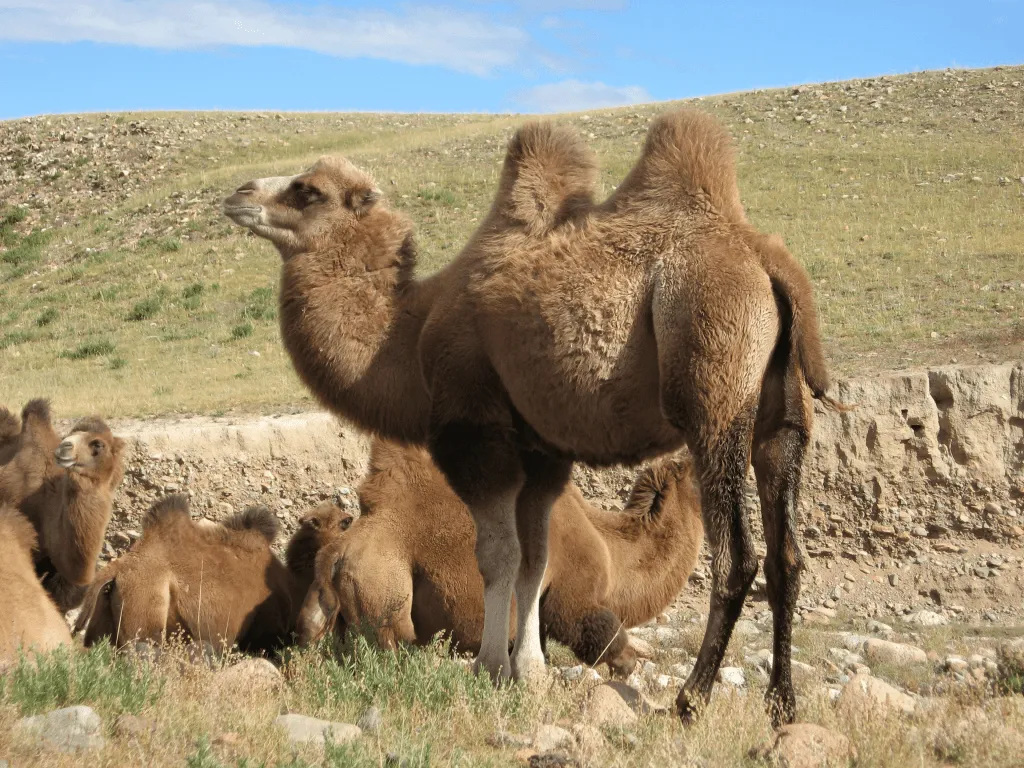
Other threats include limited access to water, attacks by wolves, and hybridization with domesticated Bactrians, leading to the risk of loss of genetically distinct populations or the prevalence of infertile individuals.
g winter seasons (December to March). Bactrian camel is a valuable animal as its demand for riding purposes is high. An untrained adult male fetches around INR 50,000–70,000; whereas a trained (for camel riding) male camel costs around INR 100,000.
The value of an adult-trained female camel is more than the trained adult male camel (about INR 120,000), though males are generally preferred over females. Thus, camels play an important role in the local economy as for several families in the valley, camel-based tourism activities are the major source of income. Other sources of income include government jobs, agriculture and animal husbandry (yak, sheep and goat) and other allied professions.
Farming of double-humped camels may be started in other parts of Jammu and Kashmir as well where conducive environmental conditions exist. Their widespread use in tourism activities may help secure the livelihood of the people as well in the conservation of these camels.
Due to increasing human populations, feral camels migrating in search of grazing land may compete for food and water sources with introduced domestic livestock and sometimes end up being killed by farmers.
The only extant predators that regularly attack wild Bactrian camels are grey wolves, which have been seen to chase weaker, weather-beaten camels as they try to reach oases.
Due to increasingly dry conditions in the species’ range, the number of cases of wolf predation on wild camels in oases has increased.
Camels have been one of the main means of transportation in Ladakh for centuries and were used for transportation in the 17th, 18th and 19th centuries on the historic Silk Road. Today, they thrill tourists with their peculiar features and the excitement they bring.
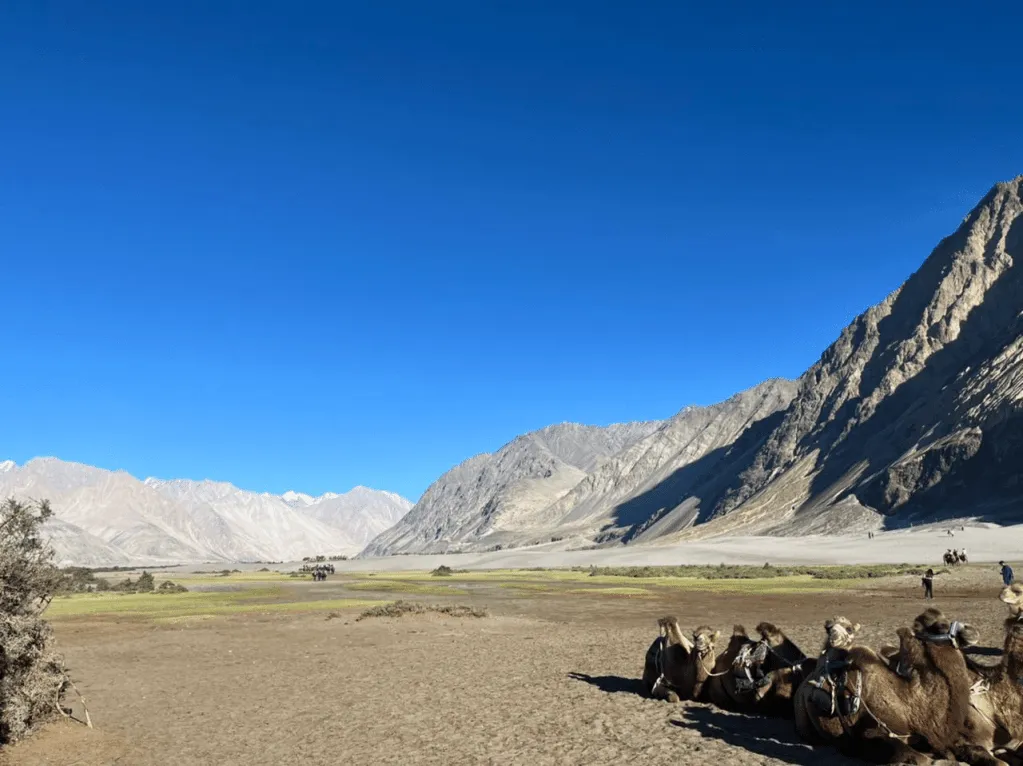
Unlike the rest of India where you will come across single-humped camels, Ladakh camels are double-humped and are popularly known as Bactrian camels. They are one of only two surviving camel species and are recognized as critically endangered.
Wild Bactrian camels are different from the domesticated form. The wild population was descended from a different ancestor, while the wild line of the domesticated form is lost today.
Wild Bactrian camels face many threats today. The main threat is illegal hunting to meet the demand for bushmeat. In the Gobi Reserve Area, Mongolia, 25-30 camels are reported to be poached each year. Hunters kill camels by placing landmines in the saltwater springs where the animals drink.
Other threats include limited access to water, attacks by wolves, and hybridization with domesticated Bactrians, leading to the risk of loss of genetically distinct populations or the prevalence of infertile individuals.
The double-humped camel is native to the Gobi desert and is found in a vast expanse of cold desert areas in Mongolia, China, Kazakhstan, Turkmenistan, Uzbekistan, and parts of Afghanistan. Although in ancient times it was a beast of burden, the advent of modern transportation in this remote and cold region has reduced the utility of the animal to a tourist attraction in the Nubra Valley. Camel riding is a popular activity on the sand dunes, which stretch over an area of a few kilometres into the valley.
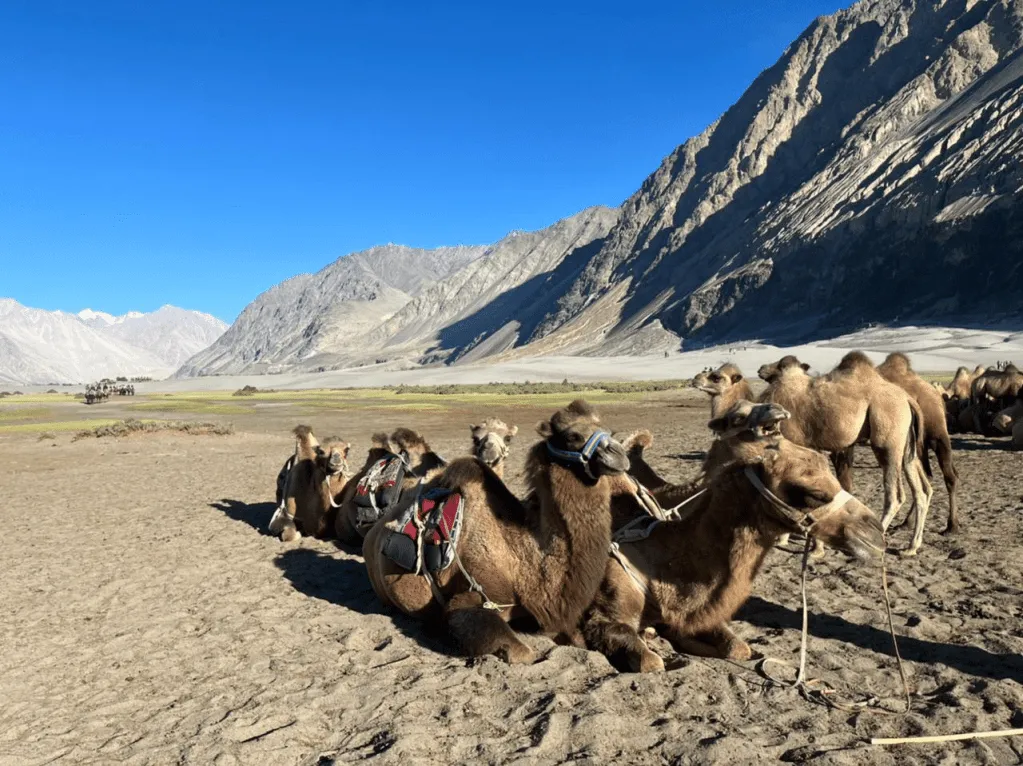
This camel is of great interest to researchers as it can withstand temperatures as low as -40 degrees Celsius; has high resistance to diseases; and has very high feed conversion efficiency.
Furthermore, the double-humped camel can reproduce naturally, roaming and grazing on grasslands throughout the year, without supplemental feeding. The local herders in the valley have found no use other than as a tourist attraction.
Keep Reading
Indian agriculture household earns just Rs. 10,218 in a month: Govt
Post-harvest losses still high, reveals data shared in Lok Sabha
Khadi Haat village’s power-free waste water treatment solution and more
What’s so special about EkLavya Foundation’s eco-friendly building?
Support us to keep independent environmental journalism alive in India.
Follow Ground Report on X, Instagram and Facebook for environmental and underreported stories from the margins. Give us feedback on our email id greport2018@gmail.com.
Don’t forget to Subscribe to our weekly newsletter, Join our community on WhatsApp, Follow our Youtube Channel for video stories.



